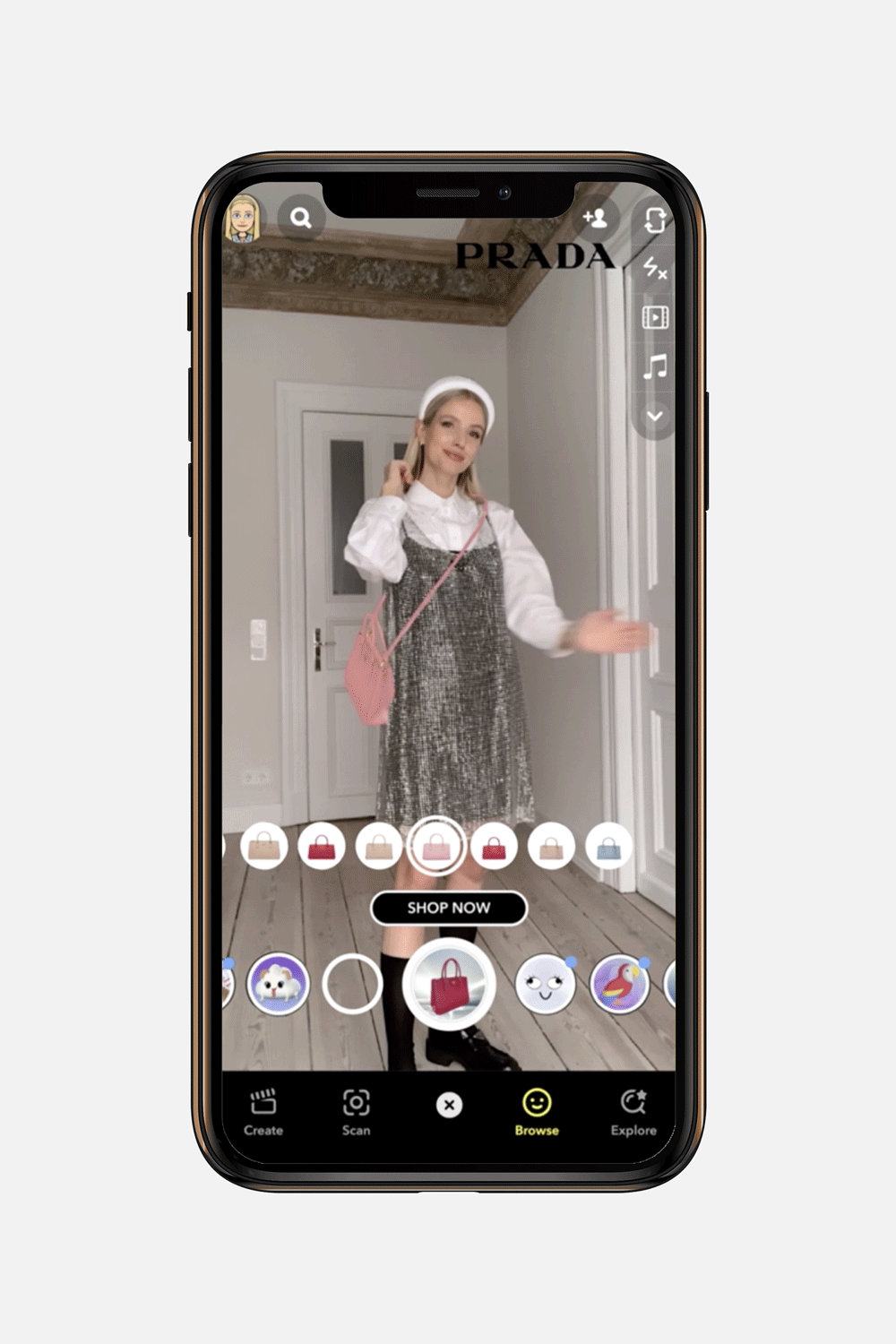Digital Techniques & the Body Assignment 2
Research
What if in the future athletes clothing would change based on where it was broadcasted to create engagement?
What if sportswear companies sponsored specific games or tournaments instead of one athlete the whole season?
For example, if the Australian Open took place during Chinese New Year and a Chinese player was competing- AR and digital clothing technologies could be used to design a New-Year themed outfit that would be broadcasted in China where this would make sense, while other countries viewed a more traditional tennis outfit.
This could be an opportunity for multiple designs to be shown during a single game. Athletes, designers and brands would all be able to benefit from these opportunities.

Why AR Clothing in Future Fashion?
With the creation of digital clothing it is organically merging with AR. rapidly improving technologies from large tech companies such as snapchat and apple such as improved cameras, markerless body tracking and body segmentation has allowed for AR fashion to become a reality (Nast, 2021)
COVID-19 is an obvious influence to the acceleration of AR clothing. As people were stuck at home; consumer behaviour shifted monumentally. People are becoming less conservative with online tools and the importance of user experience is becoming more prevalent.
Motivations for Investment
Tech companies have been pushing for AR fashion development as they believe they are laying the groundwork for an improved online shopping experience (Nast, 2021), fueling the ability to try on clothing digitally and create new experiences where a regular consumer can interact in the digital world. AR clothing.
AR clothing is perceived to have an impact on clothing return rates, where the technology is able to help consumers find the right sizing, colour and fit. Shopify research found that the use of AR in shopping experiences can reduce return rates of up to 40%, having an immediate impact on retailers and transportation emissions (Nast, 2021).

Furthermore, the concept of a metaverse where people buy and wear digital clothing has already begun to take form. This has been pioneered by companies like DressX, who have created the world's first digital try on platform.
AR fashion also opens the door to a new type of marketplace to designers. the development of NFTs allows traditional designers to produce their 3D collections themselves in-house and upload their digitized items for sale directly to consumers in a fashion economy where their work is protected. The significance of social media and our digital presences demonstrates that the demand is there and AR fashion opens up opportunities for different creative communities to collaborate and interact at the forefront of fashion.
Progression, Progression, Progression.
The now famous iridescent dress was sold in 2019. In this interview the new owner Mary, speculates how it would be amazing to wear the outfit on social media platforms such as TikTok and how she would like to wear the dress other than in a photograph.


Thinking: AR in Advertising
AR is under the user’s control, we currently need to be streaming something or looking through an app. And like all innovation, there needs to be an incentive or reward strong enough to entice consumers or businesses to make the effort to interact with the AR.
AR in Sports Advertising: Have You Noticed the Billboards?
Because why sell billboard space once when you could sell four or more.
What seems fully integrated into the field, actually varies depending on the channel, service or country where it is broadcasted thanks to AR advertisement. People in the stadium will see the empty fence, but the video captured by the camera will allow up to four simultaneous streaming in real time on LED billboards popular in field sports.
The technology works by recreating the field map in 3D, which together with motion tracking cameras for the players creates a layer that differentiates the advertising space that is further processed for AR (TGI Sport, n.d.).
Dynamic Content Multiplication Technology
DMC is a patented base technology for physically showing several sets of full dynamic images on led screens (TGI Sport, n.d.).
Key Features:
Almost Zero Delay
Less Than A Production Frame Of Delay.
Multiple Cameras
Allowing The Usage Of Multiple Cameras That Can Be Moved Freely.
No Attachments
No Need For Additional Camera Equipment.
No Post-production Necessary
All Alternative Signals Are Directly Generated Within The Existent Camera Equipment.
Digital Board Replacement Technology
DBR Live™ (Digital Board Replacement) uses virtual overlay technology replacement procedure to broadcast an augmented reality message solution on the in-stadium LED perimeter boards (TGI Sport, n.d.).

One physical object.
Endless digital possibilities.
Lets apply this to Fashion